Part 1: Newton, Rosicrucianism and the Imperial Control of Science
Part 2: Tesla’s Eugenics (and other Black Magick)
Part 3: Tesla and his Nazi Friend… The Strangest Friendship
Part 4: Tesla’s Martians and H.G. Wells
Part 5: Tesla: From Extreme Empiricist to Father of A.I. Gods
Why Tesla Flattened Space and Attacked Einstein
“Too bad, Sir Isaac, they dimmed your renown
And turned your great science upside down.
Now a long-haired crank, Einstein by name,
Puts on your high teaching all the blame.
Says: matter and force are transmutable
And wrong the laws you thought immutable.”
“I am much too ignorant, my son,
For grasping schemes so finely spun.
My followers are of stronger mind
And I am content to stay behind,
Perhaps I failed, but I did my best,
These masters of mine may do the rest.”
–Nikola Tesla “Fragments of Olympian Gossip.” (written by Nikola Tesla in the 1920s to his occultist friend George Sylvester Viereck)
While we don’t know if Nikola Tesla’s adoration of Sir Isaac Newton was connected to Newton’s fanatical occultism or Rosicrucian proclivities (as outlined in part 1 of this series), we can say that Tesla loved Newton’s three laws of motion which tended to flatten reality into assumed “natural” conditions of straight lines and constant motion devoid of any physical properties or curvature[1].
For those who may not be aware, Newton’s three laws adored by Tesla are:
First Law: “Every object perseveres in its state of rest, or of uniform motion in a right line, except insofar as it is compelled to change that state by forces impressed thereon”
Second Law: “The change of motion of an object is proportional to the force impressed; and is made in the direction of the straight line in which the force is impressed.”
Third Law: “To every action, there is always opposed an equal reaction; or, the mutual actions of two bodies upon each other are always equal, and directed to contrary parts.”
Now at the turn of the 20th century, both Euclid and Newton’s flat interpretations of physical space-time were quickly crumbling with the advent of new discoveries by Riemann, Curie, Weber, Planck and Einstein who were all demonstrating that the shape of physical space-time had a living, creative character. With each creative discovery, a reciprocal interconnectedness between the “subjective” inner space of human cognition and the “objective” outer space of the discoverable universe was ever more firmly established.
Exemplifying this beautiful insight and passion to seek the unknown, with faith in a pre-existent harmony between the moral, rational laws shaping the universe and the inner moral rational laws within each of us (which was common among great scientists during this fertile revolutionary period), Albert Einstein stated: “I want to know how God created this world. I am not interested in this or that phenomenon, in the spectrum of this or that element. I want to know His thoughts; the rest are details”.[2]
Reflecting this same view in his own way, Max Planck stated “Science enhances the moral value of life, because it furthers a love of truth and reverence—love of truth displaying itself in the constant endeavor to arrive at a more exact knowledge of the world of mind and matter around us, and reverence, because every advance in knowledge brings us face to face with the mystery of our own being.”
CAPTION: Max Planck and Albert Einstein were two exemplars of scientists who recognized the limits of linear mathematics when trying to discover the nature of non-linear (open) systems which requires a developed insight into musical creativity.
Both Einstein and Planck were practicing Keplerians (that is practitioners of the method of exploration laid out by Johannes Kepler in his New Astronomy (1609) and Harmony of the World (1619) which established the foundation of modern astrophysics (and even quantum theory [3]).
Einstein wrote extensively on Kepler’s discoveries, and Planck described the mind of Kepler in the following terms:
“Among the numerous physicists, for whom their science helped them endure and ennoble a miserable life, we remember in the first rank... Johannes Kepler. Outwardly, he lived his life under beggarly conditions, disappointment, gnawing hunger, constant economic pressure.... What kept him alive and able to function through it all was his science, but not the numerical data of the astronomical observations in themselves, but his abiding faith in the power of a lawful intelligence in the universe. One sees how significant that is in a comparison with his employer and master Tycho Brahe. Brahe possessed the same scientific knowledge, the same observational data, yet he lacked the faith in the great eternal laws. Thus Tycho Brahe remained one among many worthy investigators, while Kepler was the creator of the new astronomy.”
Caption: Johannes Kepler’s 3 planetary laws unshackled physics from mysticism and relied on a musical insight outlined in his 1619 masterpiece featuring his model of the solar system above. The fact that his 3rd Law was the effect of this theory should cause the sceptic to think twice before dismissing Kepler’s insight as rubbish.
Just to be perfectly clear, Johannes Kepler wasn’t only a great scientist who inspired generations of discoveries but was also a leading enemy of the Rosicrucian Kabbalists based in England, then attempting to co-opt science itself.
In his 1619 Harmonies of the World, Kepler takes aim at then-leading Rosicrucian Robert Fludd (1574-1637), whose own book on ‘The Harmonies of the World’ had appeared in 1617 which rejected Kepler’s discoveries and attempted instead to impose a penis-centric model of the universe onto the minds of scientists.
Caption: An illustration of Invisible College leader Robert Fludd, and his model for the universe at left. Fludd’s emphasis on a sacred sex energy as the prime force shaping the universe became the foundation of all occult additions to the notion of ‘ether’ from Bulwer-Lytton’s Vril, to Wilhelm Reich’s Orgone (and everything in between)
At the end of book five of the Harmonies of the World, Kepler calls out Robert Fludd’s numerological obscurantism saying:
“He [Fludd] takes great delight in topics which are hidden in the darkness of riddles, whereas I strive to bring topics which are wrapped in obscurity out into the light of understanding. The former is familiar to alchemists, Hermeticists, and Paracelsians; the latter is considered their own by mathematicians.”
It must be kept in mind, that Johannes Kepler’s dynamic method of thinking was purely Platonic and in complete harmony with the later discoveries of Planck and Einstein.
Tesla’s Opposition to Einstein’s General Theory
Throughout his life, Nikola Tesla consistently opposed the worldview expressed by Einstein and Planck, advancing in its stead his own novel “dynamic theory of gravity” to restore Newton’s honor after it was so unjustly besmirched by the crude likes of Carl Gauss, Bernard Riemann, Max Planck and of course… Albert Einstein.
At the age of 81, Tesla announced to the world:
“I have worked out a dynamic theory of gravity in all details and hope to give this to the world very soon. It explains the causes of this force and the motions of heavenly bodies under its influence so satisfactorily that it will put an end to idle speculations and false conceptions, as that of curved space. According to the relativists, space has a tendency to curvature owing to an inherent property or presence of celestial bodies.
Granting a semblance of reality to this fantastic idea, it is still very self-contradictory. Every action is accompanied by an equivalent reaction and the effects of the latter are directly opposite to those of the former. Supposing that the bodies act upon the surrounding space causing curvature of the same, it appears to my simple mind that the curved spaces must react on the bodies and, producing the opposite effects, straighten out the curves.
Since action and reaction are coexistent, it follows that the supposed curvature of space is entirely impossible – However, even if it existed it would not explain the motions of the bodies as observed. Only the existence of a field of force can account for them and its assumption dispenses with space curvature.”
Powerful words, and very bold use of Aristotelian syllogistic logic.
Tesla flattened the universe so elegantly… Citing Newton’s third law as his starting point (all reactions must have an equal reaction), Tesla concludes that all forces which occur in the universe feature forms of curved functions which must create co-equal counter reactions to cancel out any curvature… resulting in universal flatness as the primary quality of the universe (and the supposed infinitely extended flat “space” which Tesla and Newton imagined our universe sat inside).
Tesla’s view was additionally bold considering the fact that his “dynamic theory of gravity” which presumed a fundamental linearity governing all “space”[4] (and no connection between matter and energy) having no effect on observational astronomy or physics, and zero predictive power of any future discoveries.
This is no small deal considering that it is Tesla’s ‘dynamic theory of gravity’ (which was merely a re-hashed Newtonian cosmology) that gave rise to such cultish notions as “zero-point energy”, “anti-gravity”, and even considerations of time travel that all permeate the thinking of devotees of today’s Tesla cult. [5]
It doesn’t really matter that no physical demonstrations have ever been made of these grandiose assertions by the great Nikola Tesla… the belief in these promises have come alive in the hearts of millions of his adoring followers today who treat the Serbian wizard as nothing less than a modern messiah figure.
A Word on Albert Einstein’s Defense of the Ether
Now just to be clear, contrary to popular belief, Albert Einstein did not reject the necessary existence of some form of ether.
Additionally, in opposition to Tesla’s pro-Newtonian cosmology, Einstein’s notion of physical space time brought numerous measurable predictions and practicability in building further provable discoveries from atomic physics to celestial mechanics.
Einstein’s concept of the ether merely rejected the false dichotomy of the materialist ether vs spiritualist ethers then dominating the scientific debate around the world.
Despite being influenced by the flawed mathematical language of the Royal Society’s James Clerk Maxwell and not understanding the political subversion of the scientific currents of Gauss, Weber and Riemann to a sufficient degree, Einstein was explicitly a follower of Johannes Kepler, Gottfried Leibniz, Carl Friedrich Gauss and Bernard Riemann who all developed a science premised upon a living universe shaped by creative reason where linearity was entirely impossible beyond the realm of cognitive abstractions [6].
All of those scientists mentioned above represent an anti-Newtonian (and anti-Euclidean) universe shaped by intelligible universal physical principles. Not axiomatics of unprovable rules, or generalizations derived from sense perception.
For more on this clash of two sciences, see my five part series ‘Does Death or Life Govern the Universe?”
Despite Nikola Tesla’s assertions to the contrary, Einstein did NOT deny the ether, nor did he advocate a merely “curved” empty space which his detractors have asserted, but according to his own words, simply didn’t believe in the particular notion of ether as “a fluid”, or a “materialised spiritual energy” or any form of super-fine crystalline matter “filling” an existent infinitely extended Cartesian space which Newton presumed existed. The notions of “ether” which Einstein rejected included anything that could be poured into a quality-free existent “space” in quality free linear clock time, as if that “empty space” were a vessel being filled by something.
In 1920, Einstein stated:
“The ether of the general theory of relativity is a medium which is itself devoid of all mechanical and kinematical qualities, but helps to determine mechanical (and electromagnetic) events… To deny ether is ultimately to assume that empty space has no physical quality whatever. The fundamental facts of quantum mechanics do not harmonize with this view.”
In 1922, Einstein wrote Ether and the Theory of Relativity saying:
“How does it come about that alongside of the idea of ponderable matter, which is derived by abstraction from everyday life, the physicists set the idea of the existence of another kind of matter, the ether? The explanation is probably to be sought in those phenomena which have given rise to the theory of action at a distance, and in the properties of light which have led to the undulatory theory… Recapitulating, we may say that according to the general theory of relativity space is endowed with physical qualities; in this sense, therefore, there exists an ether. According to the general theory of relativity space without ether is unthinkable; for in such space there not only would be no propagation of light, but also no possibility of existence for standards of space and time (measuring-rods and clocks), nor therefore any space-time intervals in the physical sense. But this ether may not be thought of as endowed with the quality characteristic of ponderable media, as consisting of parts which may be tracked through time. The idea of motion may not be applied to it.”
This concept of an Ether is much more akin to the concept of the higher realm of Being, transcending, yet shaping the lower realm of bounded, measurable, changing reality outlined by Plato in the Timeaus and by Leibniz in his Monadology, as well as Bernard Riemann in his Philosophical Fragments. Perhaps it was developed in the most interesting manner again by Gottfried Leibniz in his 1716 debate with Isaac Newton[7].
The clash between the Leibnizian worldview and Newtonian worldview was treated by Cynthia Chung in Leibniz vs Newton: A Clash of Paradigms
It is the realm discussed by Max Planck in his Philosophy of Physics (1935) which can only be accessed by a mind that has learned to move in creative reason (subjectively), while leaping into discoveries of universals (objectively).[8]
It is this necessary coincidence of opposites (of the realms of becoming and being, finiteness and infiniteness, temporality and eternity) which distinguishes humanity as a creature made in the living image of a reasonable creator and also capable of participating in the unfolding of creation itself.
This is the realm which none other than the poet-scientist Edgar Allan Poe discussed in his 1848 work ‘Eureka: An Essay on the Material and Spiritual Universe’ stating:
“That Nature and the God of Nature are distinct, no thinking being can long doubt. By the former we imply merely the laws of the latter. But with the very idea of God, omnipotent, omniscient, we entertain, also, the idea of the infallibility of his laws. With Him there being neither Past nor Future — with Him all being Now — do we not insult him in supposing his laws so contrived as not to provide for every possible contingency? — or, rather, what idea can we have of any possible contingency, except that it is at once a result and a manifestation of his laws? He who, divesting himself of prejudice, shall have the rare courage to think absolutely for himself, cannot fail to arrive, in the end, at the condensation of laws into Law — cannot fail of reaching the conclusion that each law of Nature is dependent at all points upon all other laws, and that all are but consequences of one primary exercise of the Divine Volition.”[9]
Einstein echoed the considerations of Poe when he described the role of a causality in a Bach fugue as a master key to unlock the mathematically unsolvable problems of the quantum and causality more generally:
“I believe that events in nature are controlled by a much stricter and closely binding law than we suspect today, when we speak of one event being the cause of another. Our concept here is confined to one happening within one time section. It is dissected from the whole process. Our present rough way of applying the causal principle is quite superficial… We are like a child who judges a poem by its rhyme, and not by its rhythm. Or, we are like a juvenile learner at the piano just relating one note to that which immediately precedes or follows. To an extent, this may be all very well, when one is dealing with simple compositions; but it will not do for the interpretation of a Bach fugue. Quantum physics has presented us with very complex processes, and to meet them, we must further enlarge and refine our concept of causality.”
Following the lead of his fellow musician-scientist Max Planck, Einstein described the leap into an anti-Newtonian cosmology as musical insight saying:
“The theory of relativity occurred to me by intuition, and music is the driving force behind this intuition. My parents had me study the violin from the time I was six. My new discovery is the result of musical perception.“
It is this realm of REASONABLE harmony between the limited subjective mind of mortal humans and the infinite objective principles of the universe itself, which the Hermeticists, Gnostics, kabalists and other neo-Platonic occultists attempting to manage a stupidified humanity despise and wish subvert by mystifying the act of discovery at all costs.
A Final Word on Gnosticism
As I outlined in the recent essay Carl Jung’s Gnostic Revival, Abraxas, and the 20th Century Cult of Mithra, the gnostic underground stretching from the ancient mystery cults tied to Isis and Demeter, to the Templars, Franciscan and Jesuit inner initiates to the Hellfire Club, and Rosicrucian takeover of Britain ALL believed in a cosmology which held that absolute nothingness devoid of love, reason, intention or any other quality (see: Newton’s assumed infinite space) was the essential character of reality.
Needing to then explain away the obvious existence of material reality, moral sensibilities, and other qualities which we are all born into, the gnostic high priests had to craft an elaborate set of “sacred myths” to describe the secondary evil, self-deluded yet powerful Creator/Demiorgos who created the world in his own image… that is… evil.
The ‘adepts’, or aspiring ‘ascended masters’ who sought ‘wisdom/sophia’, according to this cosmology, had to “learn” to train themselves to slowly break free of such evil shackles as conventional morality, forces of conscience (imposed upon us by the evil creator god of the Bible), and ideas of “good vs evil” more generally, while also learning to integrate with inner shadows.
The rites and rituals that developed over the centuries to facilitate this breaking free of moral constraints, involved rites of initiation, and elaborate mystery plays, sacred mind-altering drugs, sacrifices, perverse sexual exercises and other exercises that brought those who survived the rites of passage into a new identity as an elite order of human gods.
Such was the toxic effects of mysticism detached from morality, reasonableness, or conscience which figures such as Plato, Cicero, St. Augustine, Erasmus, Johannes Kepler, Gottfried Leibniz, Benjamin Franklin, Edgar Poe, Albert Einstein, and Max Planck (to name just a few), went to war with during their lifetimes. Such is the structure of the war of the various notions of “ether” shaping the battle lines of the 19th century.
Now let’s return to the human robot named Nikola Tesla…
Footnotes
[1] When you think about Newton’s first law, the idea of something being in a ‘state of rest’ or in ‘uniform motion’ is quite absurd. Just as it is impossible to reach absolute zero temperature (you can come very close, but never to exactly zero) and just as the half-life of tellurium-128 of 10^24 years is very, very, very slow (or, as is claimed, 160 trillion times older than the ‘so-called’ age of the universe), there is still motion. Nothing is at rest, said Heraclitus. And nothing is uniform, there are modulations upon modulations, though we may not perceive them, with our crude sensory equipment.
[2] The Expanded Quotable Einstein, Princeton University Press, 2000 p.202
[3] That’s right, just as Kepler was revolutionizing humanity’s understanding of the Macrocosmos, he was simultaneously applying his insights into the microcosmos as expressed in his 1609 treatise On The Six Sided Snowflake that foreshadowed a rational quantum dynamics based on the golden section, and special tiling (which is at the heart of modern fractal mathematics.)
[4] due to “curved” physical forces cancelling themselves out
[5] For an honest explanation of zero-point energy (which is actually just a rehashed version of the mystic vril energy of Bulwer Lytton and the Nazis), it is useful to listen to this 10 minute exposition by Laurence Rockefeller agent Steven Greer:
[6] Ie: The human mind can conceptualize a perfectly straight line but cannot actually make such a line physically in a world defined by curvature and motion
[7] To be clear, it was actually one of Isaac Newton’s handlers named Samuel Clark carrying out the debate, since Newton wasn’t allowed to speak in public debates despite being President of the British Royal Society. The kernel of this debate featured two opposing cosmologies with Newton’s system assuming a clockwork mechanical universe animated by a principle of decay which Leibniz noted would assume a very imperfect Creator. Newton’s worldview also assumed an infinitely extended linear cartesian “space” in which everything material filled up, and a separate linear “time” which everything could be charted upon. Leibniz’s cosmology and unified space-time advanced in his 1716 debate reflects in all principle matters Einstein’s line of reasoning two centuries later. Newton’s cosmology demanded an tyrannical God totally unbounded by reason, or moral goodness while Leibniz’s Creator God was not only reasonable and good, but also created the world with an embedded ‘pre-existent harmony’ that allowed for discoveries and material perfectibility to occur in general.
[8] Said another way, this process involves acting upon that which is universal within ourselves subjectively and about that which is universal outside of ourselves objectively.
[9] In his 1848 essay Eureka (written months prior to his murder), Edgar Poe contrasts the dominant false schools of thought advanced by the schools of Aristotle vs Bacon/Newton, with the exemplary mind of the musician-scientist Johannes Kepler’s musical discovery of universal gravitation as proof of the soul’s ability to soar above the shackles of logic, and leaping intuitively into “eureka moments” saying: “Kepler admitted that these laws he guessed — these laws whose investigation disclosed to the greatest of British astronomers that principle, the basis of all (existing) physical principle, in going behind which we enter at once the nebulous kingdom of Metaphysics. Yes! — these vital laws Kepler guessed — that it is to say, he imagined them. Had he been asked to point out either the deductive or inductive route by which he attained them, his reply might have been — ‘I know nothing about routes — but I do know the machinery of the Universe. Here it is. I grasped it with my soul — I reached it through mere dint of intuition.”

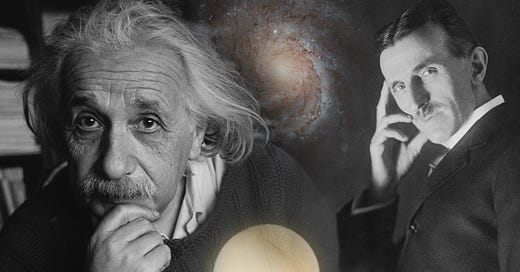





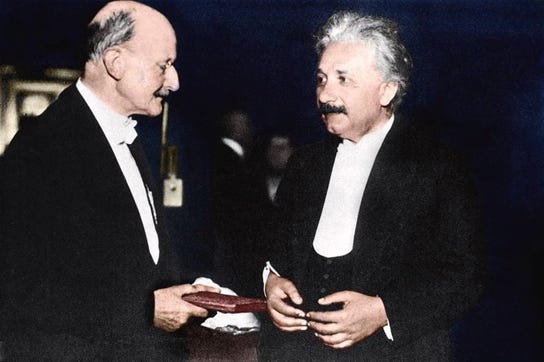

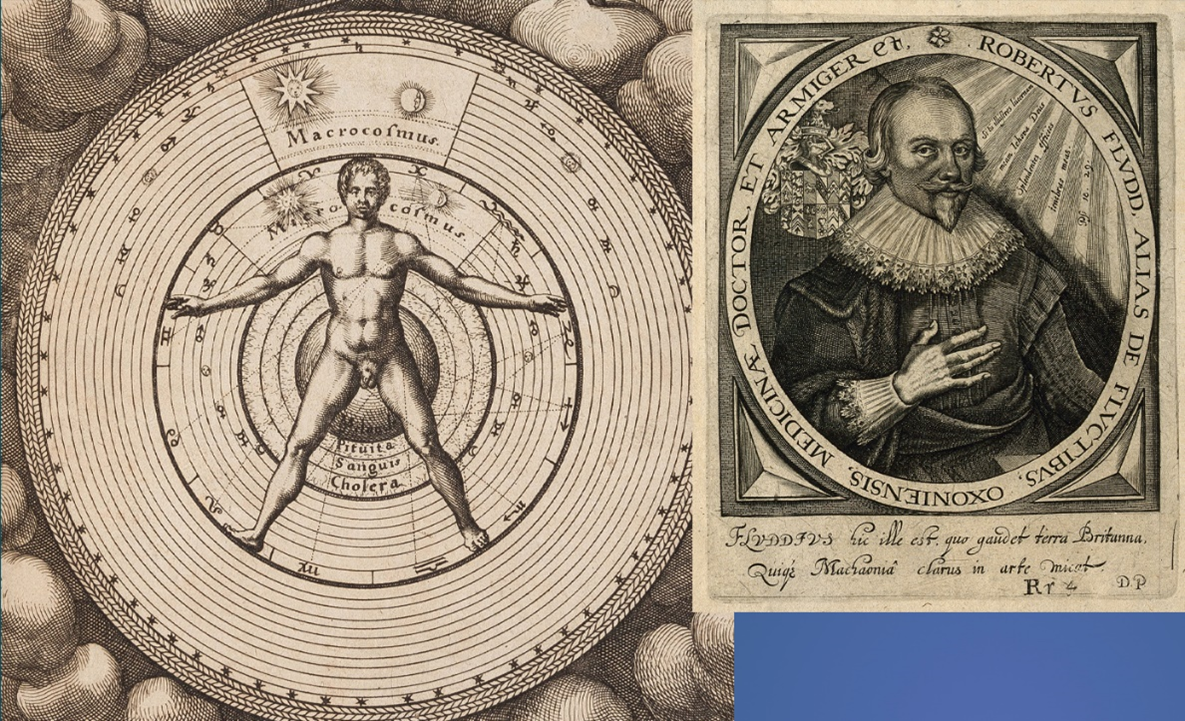
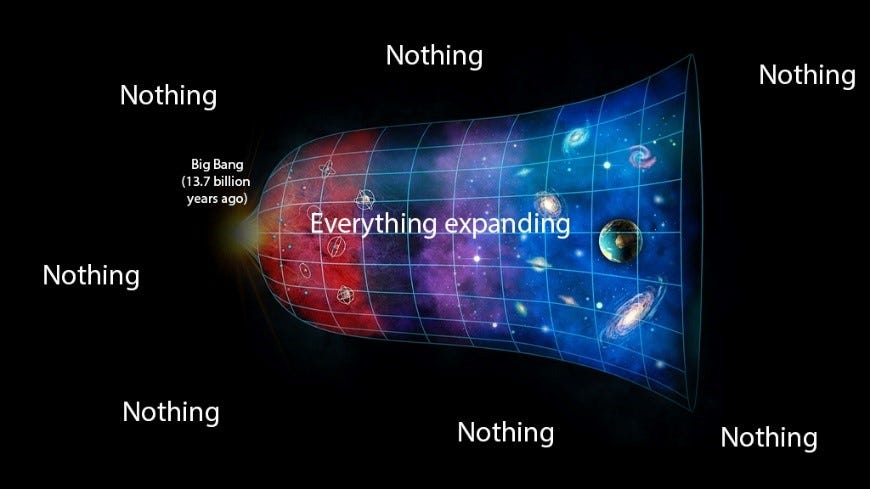
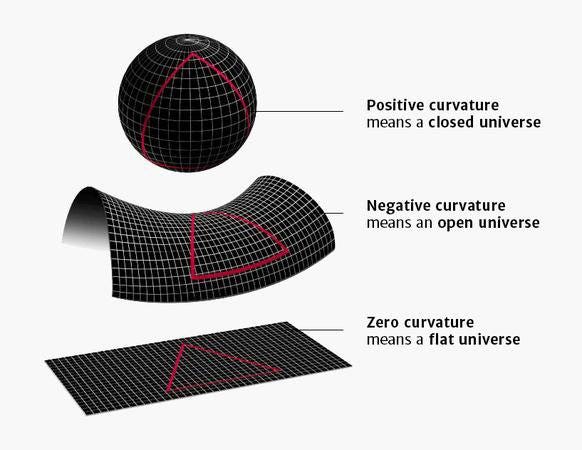
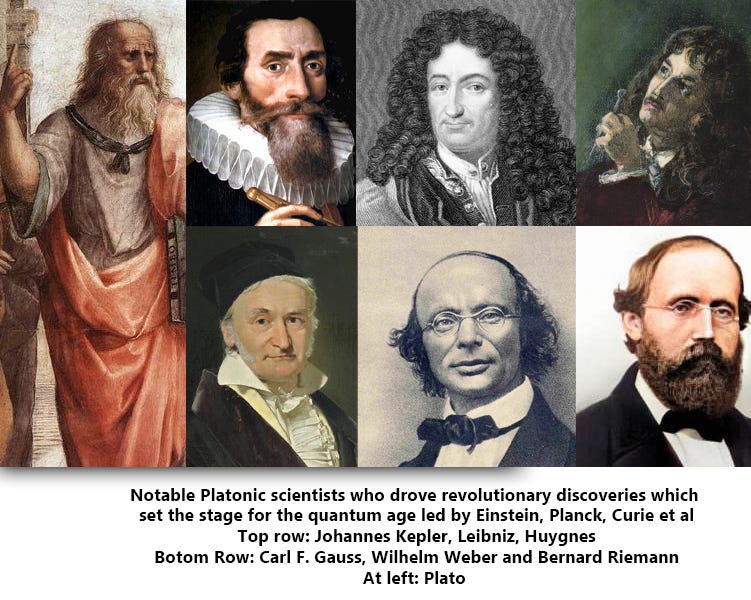
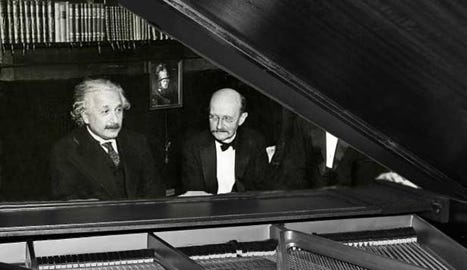



Splendid stuff Matthew. 4 decades at this stuff and I find much food for consideration in these. 🙏
A Cantab. Maths Degree and a lifetime in music / music theory / philosophy of science have led me where I am today. I hope the stacks I am soon to release will be of use.
Music is the pointer.
THE HARMONIC PRINCIPLE
Perception of harmony is perception of reality : the underlying unity behind the apparent separation
COROLLARY
In reality there is no discord.
Sounds wooly. But it isn’t. Hope you get to see my presentations on Music Theory / The Philosophy of Science
Enjoyed so many of your presentations. The Occult Tesla series particularly.
I thought that our solar system is actually pretty flat . ( Eberly College of Science )
The universe ?? People has ideas about God , universe , ice age's stories but they don't know when they will die and how .